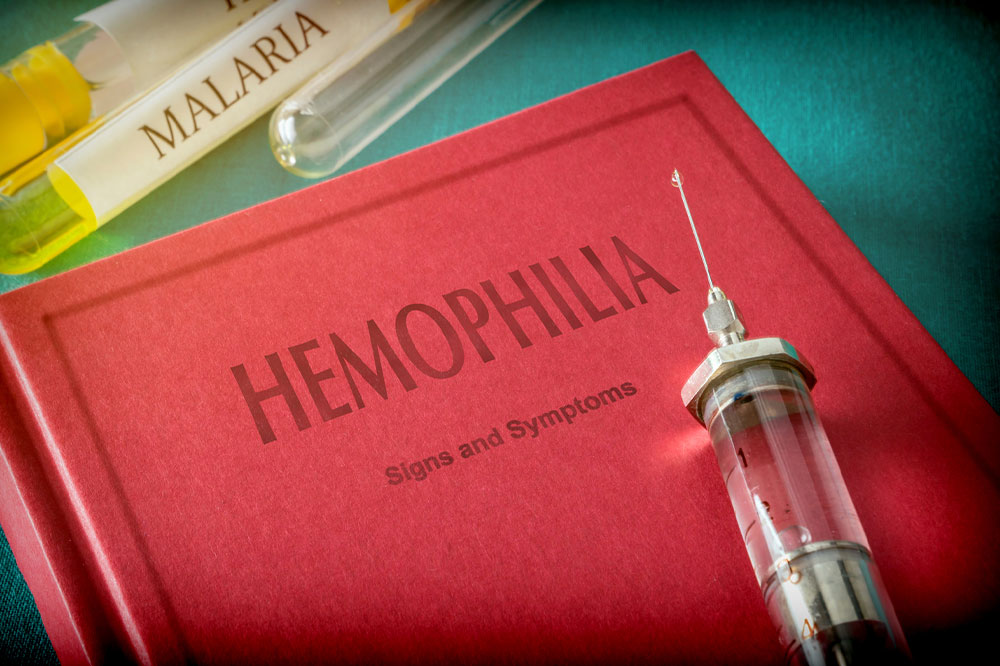
Early Signs and Causes of Hemophilia
Hemophilia is a condition where the blood lacks the blood-clotting proteins, resulting in prolonged bleeding and more than normal blood loss. In some cases, the bleeding can also be internal, usually in the elbows, knees, and ankles, which can have an adverse effect on your organs, resulting in a fatal outcome. This inherited disorder shows symptoms but may vary depending on the clotting protein. Read to know more about the early signs of hemophilia.
Depending on the severity of the condition, the patient may experience bruising, internal or external bleeding and the signs are as below:
- Deep and large bruises
- Excessive bleeding from injuries, surgery or dental treatments
- Blood in urine or stool
- Stiff joints and muscles that lead to internal bleeding
- Bleeding in the brain after bumping your head
- Small cuts that cause heavy bleeding
- Nosebleeds
There are two types of hemophilia, defined as A and B. Type A is associated with the lack of clotting factor VIII, and hemophilia B is associated with the lack of clotting factor IX. Hemophilia is further classified into three types of severity – mild, moderate, and severe that does not change with time since it’s an inherited disease.
Mild hemophilia
The first episode of bleeding may occur in adulthood, and only after a serious injury, trauma, or surgery.
Moderate hemophilia
With bleeding after treatments, injuries, or surgery, this type of hemophilia also includes occasional spontaneous bleeding episodes.
Severe hemophilia
Along with bleeding after injuries or treatments, this type includes more frequent spontaneous bleeding episodes.
If these signs of hemophilia aren’t addressed, they lead to more complications, such as:
- Internal bleeding in joints and muscles will lead to swollen limbs that cause throbbing pain and stiffness, making it difficult for the patient to use them. This could further lead to arthritis or even destruction of the joint.
- Since hemophilia patients tend to lose a lot of their blood, they go through many blood transfusions in their entire life and can be vulnerable to infections.
- In some severe cases, the immune system attacks the blood clotting-protein that worsens the symptoms of the patient.
Causes of hemophilia
Hemophilia is an inherited blood disorder. However, some rare cases have seen the occurrence when antibodies attack the blood-clotting proteins in our bloodstream. Hemophilia that isn’t passed on through genes is linked with situations like pregnancy, multiple sclerosis, cancer, and autoimmune conditions. Hemophilia that is inherited is characterized by a faulty gene associated with the X chromosome. A female and male both inherit their X chromosome from their mother, although a male inherits the Y chromosome from his father. What this means is, men, acquire hemophilia from their mother, and many females are only carriers of a defective gene. Many female carriers of the affected X chromosome experience zero to mild signs of hemophilia.


